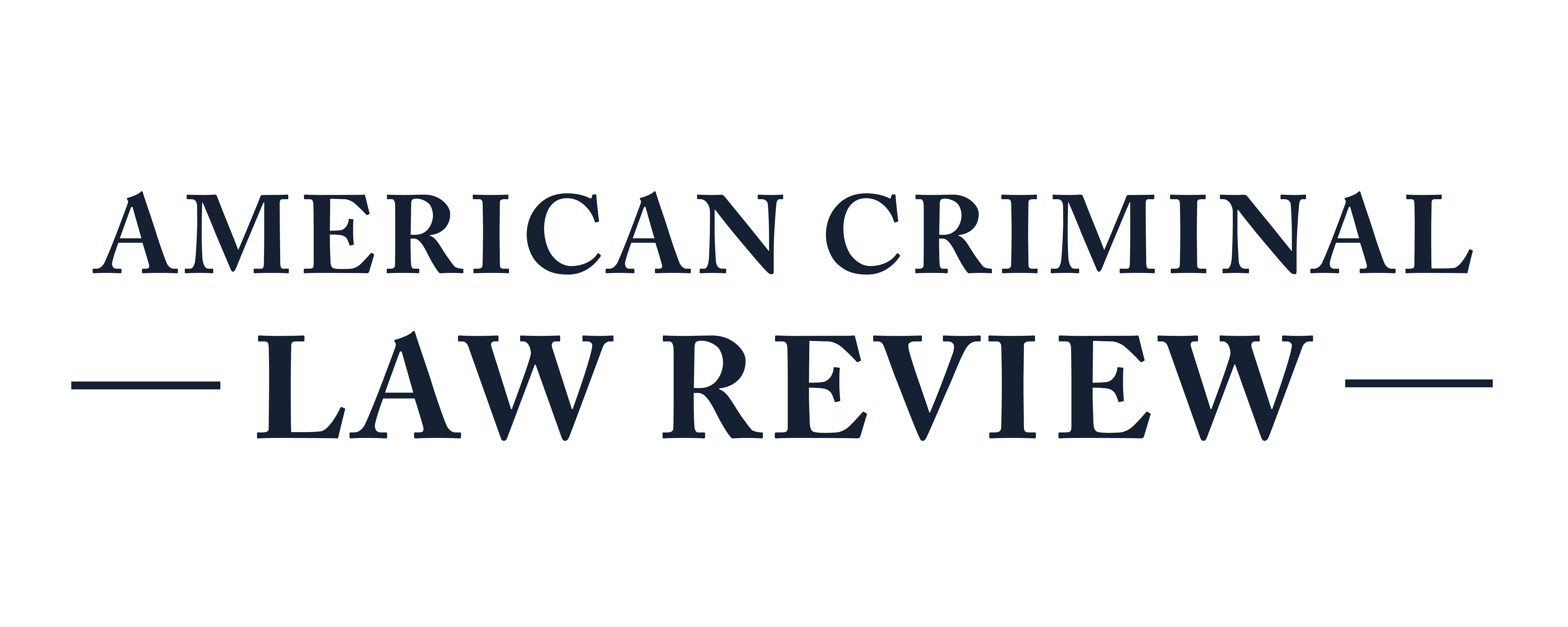Un-Making a Murderer: New True Crime Sensationalism and the Criminal Justice System
“Humans are fascinated by evil.” Like a car crash from which you cannot turn away, society is oddly ensnared by tales of terror. While some find fear through fiction, others seek thrills closer to home–ones written on the pages of real lives. Indeed, for as long as books have been printed, humanity has sat spellbound by stories of true crimes; real-life horrors more dreadful than fantasy. These stranger-than-fiction stories enthrall the masses with vicarious tremor, allowing their readers to stand “at the shoulder of monsters.”
From its inception, the true crime genre has sought to elicit an emotional response from its viewer. This emotively provocative approach–formally known as sensationalism–still serves as the genre’s distinctive cornerstone. In contrast, the canon’s purpose has shifted dramatically with time, ranging from religious promotion to penal reform to pure commercialism. And yet, despite the genre’s many motives, historical true crime stories did not aim to meaningfully influence their underlying criminal cases. Instead, the canon’s authors used the accused’s specific circumstance to promote general societal reformation. Nevertheless, recent resuscitations of the genre sit as “impromptu branch[es] of the judiciary,” calling into question settled verdicts and affecting the outcomes of their chosen cases. The genre’s resurgence–known as the New True Crime–changes venue from the courts of justice to the courts of public opinion and carries along with it real-life implications. The canon’s newfound influence raises questions: Is the New True Crime different from its predecessors? If so, what affects does it have? And, should steps be taken to mitigate possible negative effects?
This article seeks to answer those questions by examining two of the most prominent examples of the New True Crime phenomenon: Sarah Koenig’s Serial and Laura Ricciardi and Moira Demos’s Making a Murderer. The article first reviews the historical traits and motives of the true crime genre. Next, it summarizes each show and explores how they have affected their respective cases. The article then examines how these works apply traditional true crime sensationalism to influence the outcome of a criminal case. Finally, it makes the case for journalistic self-regulation in the true crime context.
Subscribe to ACLR
